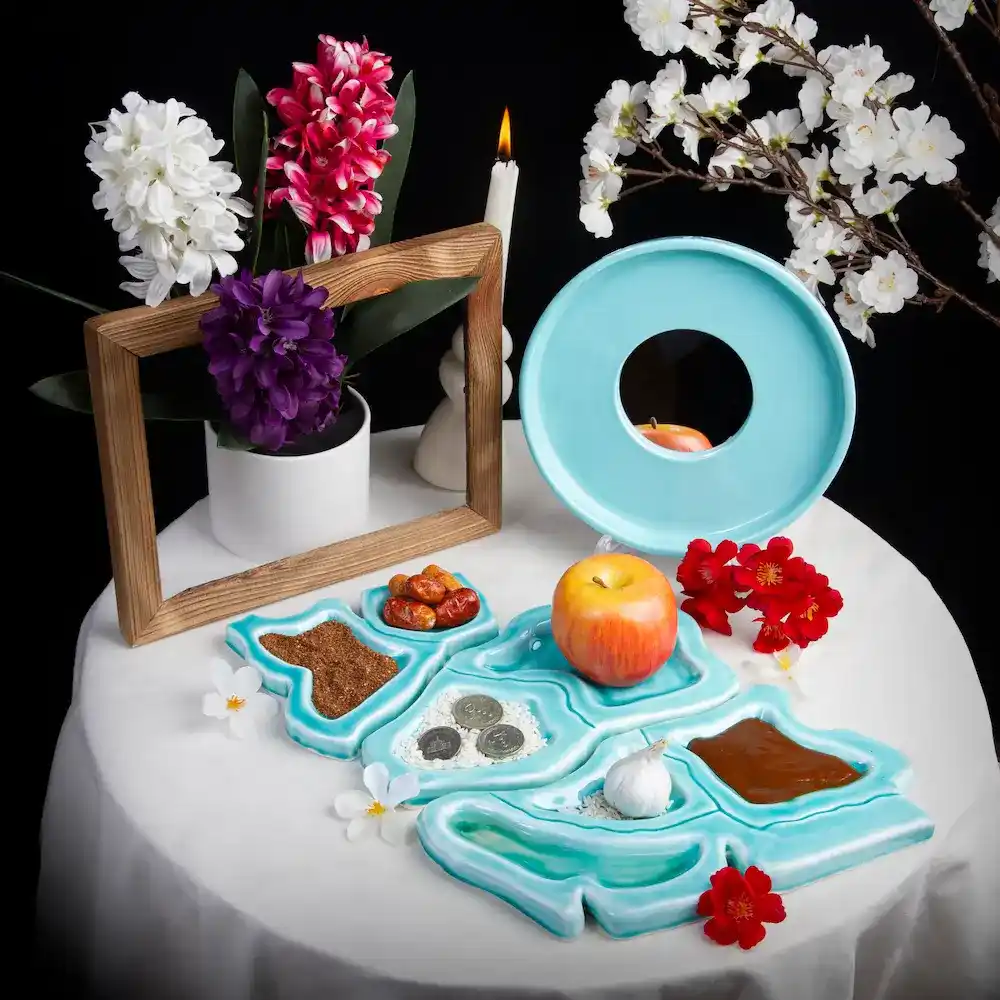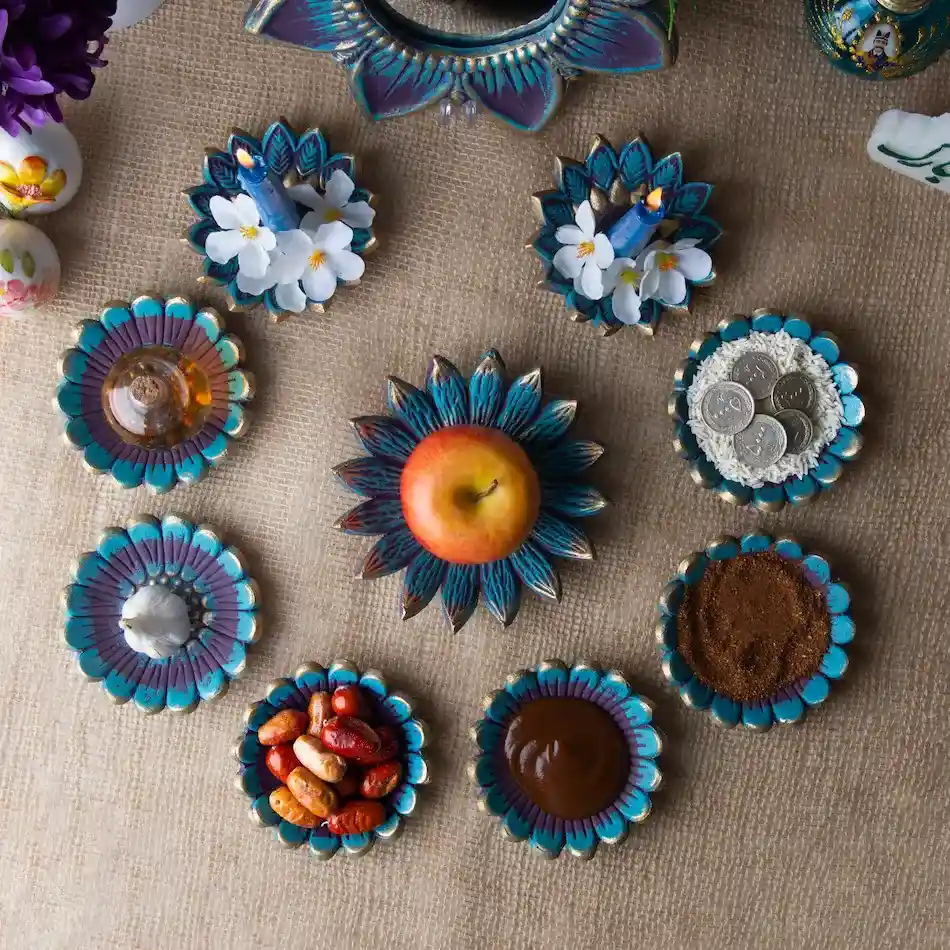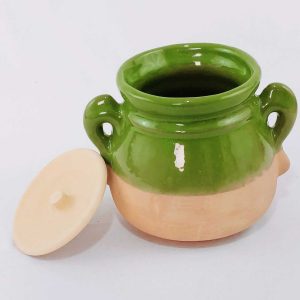Nowruz, one of the oldest Persian celebrations, marks the beginning of a new year filled with hope, joy, and renewal. Central to this festive occasion is the Haft-Seen table, a beautifully arranged display of symbolic items, each representing a vital aspect of life. The Persian Haftsin tradition transcends mere decoration—it embodies the deep-rooted cultural and spiritual connection of Persians with nature.
But what makes the Haft-Seen table so special? Why is the number seven significant? How did this tradition evolve over centuries? In this comprehensive guide, we explore the history, meaning, and essential elements of Haft-Seen, offering you everything you need to know about this beloved Nowruz tradition.
The Meaning and History of Haft-Seen
The Ancient Origins of Nowruz
Nowruz, meaning “New Day,” has its roots in ancient Persia, dating back over 3,000 years. It was celebrated by Zoroastrians as a festival of renewal, marking the spring equinox and the victory of light over darkness. The Persian kings of the Achaemenid and Sassanid empires hosted grand celebrations, emphasizing harmony with nature and gratitude for the changing seasons.
Haft-Seen, as a tradition, evolved over centuries from earlier customs where sacred foods and objects were displayed during the New Year. The concept of seven symbolic items was shaped by Persian numerology, where seven was considered sacred, representing the seven Amesha Spentas in Zoroastrianism, the seven heavens, and the seven elements of life.
The Significance of the Number Seven
The number seven holds profound importance in Persian culture and spiritual traditions. In ancient beliefs, it symbolized completeness and divine harmony. The connection between the Haft-Seen table and the number seven reflects the cyclical nature of life, emphasizing balance, prosperity, and new beginnings.
Seven also plays a significant role in astronomy, astrology, and philosophy. In Persian cosmology, seven planets were thought to influence human destiny. Additionally, the Seven Amesha Spentas were divine entities representing virtues such as wisdom, truth, and purity. This sacred association explains why Haft-Seen comprises seven carefully chosen elements beginning with the Persian letter “S” (س).
The Seven Elements of Haft-Seen and Their Symbolism
The Core Seven “Seens”
Each of the seven items placed on the Haft-Seen table carries a deep symbolic meaning.
The apple, known as Sib, represents beauty and health, serving as a reminder of vitality and well-being. Samanu, a sweet pudding made from germinated wheat, symbolizes strength, abundance, and resilience, reinforcing the idea of growth and prosperity.
Senjed, the dried oleaster fruit, is associated with love and wisdom. It is believed that its fragrance enhances emotional strength and affection. Garlic, or Sir, represents protection against illness and misfortune, making it an essential component of the Haft-Seen table.
Vinegar, known as Serkeh, signifies patience and the process of overcoming difficulties, symbolizing wisdom gained through life’s challenges. Sabzeh, or sprouts and wheatgrass, is one of the most visually striking elements, symbolizing rebirth, greenery, and the renewal of life. Finally, Sumac (Somāq) represents the sunrise and a fresh start, marking the beginning of a new chapter in life.
Additional Elements That Complement Haft-Seen
Many families choose to enhance their Haft-Seen display with additional objects that enrich its cultural and spiritual significance.
A mirror is traditionally placed at the center, reflecting light and purity, serving as a symbol of self-reflection. Goldfish, often placed in a bowl of water, symbolize life and movement, emphasizing progress and renewal. Candles illuminate the setting, representing hope, enlightenment, and spiritual guidance for the coming year.
Colored eggs, painted in vibrant hues, represent fertility and new life, similar to Easter traditions in other cultures. Coins, carefully arranged on the table, symbolize wealth, success, and prosperity in the New Year. Many families also include a holy book such as the Quran, Avesta, or Divan of Hafez, signifying divine wisdom and spiritual blessings.
Setting Up the Perfect Haft-Seen Table
Choosing the Right Arrangement
The Haft-Seen table is more than just a decorative display; it expresses spiritual and cultural values. Setting it up requires a careful selection of symbolic items and decorative elements.
Start by selecting a beautifully designed tablecloth (Sofreh), traditionally made of silk or embroidered fabric, adding an element of elegance to the display. The placement of the seven core elements should be thoughtful and balanced, ensuring they create a visually appealing arrangement.
Creating a Meaningful Atmosphere
A Haft-Seen table is more than just a decorative display; it expresses spiritual and cultural values. The process of setting it up is often accompanied by family gatherings, music, and poetry readings, fostering a sense of togetherness. Many families read verses from the Divan of Hafez or recite prayers for health, success, and happiness in the coming year.
The surrounding decor plays an important role in setting the mood for Nowruz. Traditional Persian rugs, hand-painted ceramic dishes, and floral arrangements create a warm and inviting ambiance. Some also incorporate incense or aromatic herbs to fill the air with soothing fragrances, enhancing the overall experience.
Haft-Seen and Nowruz FAQs:
- What is the Haft-Seen table, and why is it important?
The Haft-Seen table is a significant part of the Nowruz celebration, representing prosperity, renewal, and the arrival of spring. It consists of seven symbolic items, each beginning with the Persian letter “S,” that signify health, wealth, love, and new beginnings. This table is a reflection of Persian culture and traditions, carrying deep spiritual and historical meaning. - Why does the Haft-Seen table have exactly seven items?
The number seven has been considered sacred in Persian culture for centuries. It represents the Seven Amesha Spentas in Zoroastrianism, the seven elements of life, and the seven heavens in Persian cosmology. The tradition of having seven items on the table symbolizes completeness, prosperity, and divine harmony. - Can the Haft-Seen table include more than seven items?
Yes, while the core seven symbolic items are required, many families enhance their tables with additional elements such as mirrors, goldfish, candles, and poetry books. These additions personalize the display and reflect each family’s unique customs and beliefs. - How long should the Haft-Seen table be kept?
The Haft-Seen table is traditionally kept for thirteen days, from the start of Nowruz until Sizdeh Bedar, which is celebrated by spending time outdoors. This marks the end of the Nowruz festivities, and at this point, the sprouted wheatgrass (Sabzeh) is often released into running water to symbolize letting go of negativity. - What is the role of goldfish on the Haft-Seen table?
Goldfish symbolize movement, life, and progress. They represent the constant flow of time and the renewal of nature. Some families opt for symbolic representations, such as ceramic fish or water-filled bowls, instead of keeping live goldfish due to ethical concerns. - Is the Haft-Seen table a religious or cultural tradition?
The Haft-Seen table is primarily a cultural tradition rather than a religious one. While it has roots in Zoroastrianism, it is now celebrated by people of all religious backgrounds in Persian and Persian-influenced regions. The focus of the tradition is on nature, renewal, and the welcoming of a new year rather than religious doctrine. - Where can I find an authentic Haft-Seen set?
For those looking for a beautifully crafted Haft-Seen set, Persis Kitchen is one of the most trusted online Persian shopping galleries. They offer a variety of authentic Nowruz items, including handmade Haft-Seen sets, with worldwide delivery. - What types of flowers are traditionally used on the Haft-Seen table?
Hyacinths, known as “Sonbol” in Persian, are the most commonly placed flowers on the Haft-Seen table, symbolizing the arrival of spring and beauty. Other popular flowers include tulips, narcissus, and roses, which enhance the aesthetic appeal of the display. - How can non-Persians participate in the Haft-Seen tradition?
Anyone can celebrate Nowruz and set up a Haft-Seen table. The festival is about renewal, unity, and embracing the beauty of spring. Many non-Persians participate by learning about the tradition, decorating their homes with elements of Haft-Seen, and joining Nowruz festivities with Persian friends and communities. - Why is the Haft-Seen table important in Persian homes?
The Haft-Seen table is more than just a decorative display; it is a symbolic representation of hope, prosperity, and the appreciation of nature. It serves as a focal point for family gatherings, where people come together to reflect on the past year, make wishes for the future, and welcome the new year with positivity and gratitude.




